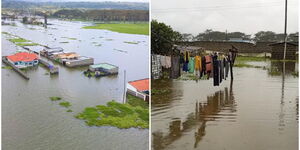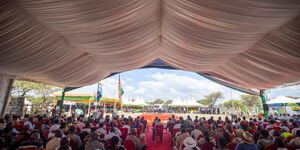The Bug Picture, a Kenyan start-up got featured by international news agency Reuters, on Monday February 22, for turning locusts into animal feed and organic fertilizer.
The start-up revealed that the locusts are first harvested, crushed, dried and then milled into powder which is then turned into protein animal food.
Albert Lemasulani, field coordinator at The Bug Picture, revealed that the locusts are harvested at night since harvesting them during the day when they are active is impossible.
“The biological behaviour of locusts is that they start resting in the evening from 6.30 p.m. up to 8 a.m. in the morning. Alternatively, they can sleep at 8 p.m. up to 9 a.m. in the morning,” the field coordinator said.
He added that the harvesting begins as early as 5.30 a.m. when the locusts are asleep and cannot move.
“We normally try to start as early as 5.30 a.m. because they are sleeping, they are weak and they cannot move. They can just be picked or the trees can be shaked and the locusts collected. It is easier for them to collect. You cannot collect locusts during the day because they keep on flying,” he added.
After the locusts are collected from the local communities, the crushing process is done, then they are dried and milled. In the milling process, the locusts are processed into powder and then packed.
The formulation process then starts where the locust powder is added to other components to form animal feed and organic fertilizer for farms.
“Locusts have like seventy percent of protein. So it substitutes the most expensive part of the animal feed which is protein,” Lemasulani added.
Locals receive Ksh50 for a kilo of locusts collected and this has become a source of income to them.
The start-up harvested one point three tonnes of locusts between February 1 and February 18 of this month. It targets swarms of five or fewer hectares especially in the habited areas that not suitable for spraying.












